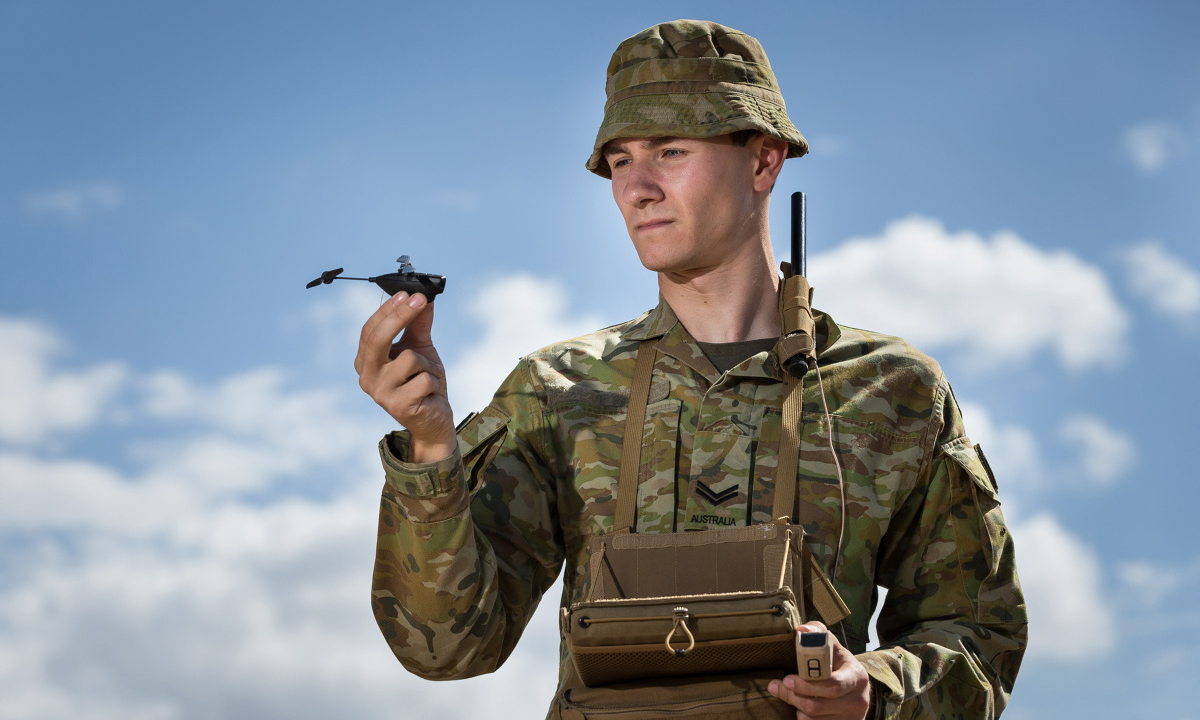RMIT and Luceda Photonics launch new photonics toolset
RMIT University, partnering with Luceda Photonics, has launched a comprehensive toolset of electromagnetic simulators for photonic devices, called REME.
Autonomy – the next frontier for drone technology
Aside from pizza and parcel delivery, drones have potential to help in natural disasters, reduce crime and deliver medicine to remote areas. But moving beyond novelty uses is a major challenge.
Meet Sylvia Urban: expert in natural products chemistry
A childhood fascination with the natural world led Associate Professor Sylvia Urban on a journey to discover how the chemistry of life can benefit humanity.
RMIT research to unlock ’game-changing’ tech for Defence
Six new projects will help enhance Australia’s defence and national security, supported by more than $590,000 in Federal Government funding.





